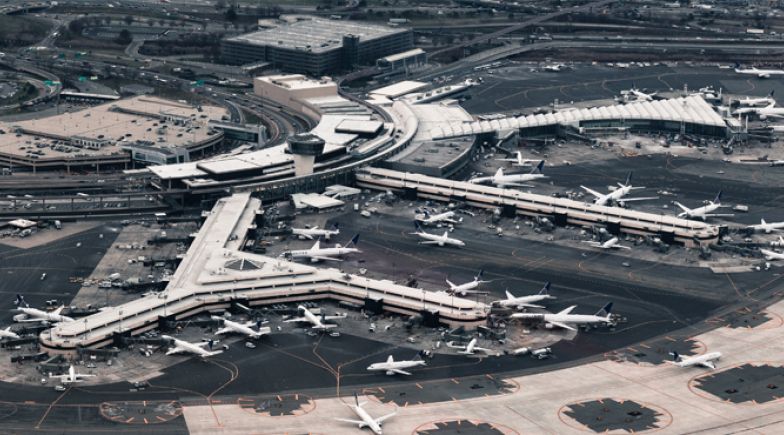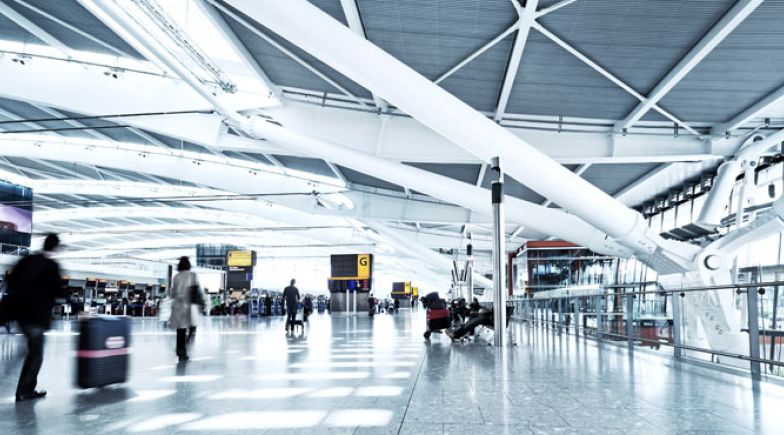Steer was commissioned by the Massachusetts Port Authority (Massport) to conduct the 2016 Air Passenger Ground-Access Survey at Logan International Airport. The survey objectives were to understand air passenger travel behaviors and ground access markets, assess ground access mode shares, develop a profile of air passenger characteristics, evaluate various airport planning efforts (including transportation service planning and parking policy) and capture other air passenger characteristic to support various planning efforts.
How we helped
Steer, along with our sub consultants, were responsible for all aspects of the survey design, implementation and analysis. Our team developed the survey method, questionnaire and sampling plan, as well as administered the survey, provided data quality control, analyzed data and summarized the survey results in a final report.
In addition to the main survey, which was administered using a paper questionnaire, Steer conducted a pilot electronic survey that allowed travelers on selected sample flights to undertake a parallel version of the 2016 survey online using provided iPads or their personal smart devices. We assessed the productivity and cost effectiveness of multiple electronic survey methodologies and the representativeness of the electronic survey samples relative to the traditional paper survey.
Successes and outcomes
The paper and electronic surveys successfully exceeded 10,000 completed questionnaires, and provided key insight into mode shares, HOV percentages, passenger market segments, air passengers’ behavior and other ground transportation patterns at Logan Airport.
Steer also developed an interactive data analysis tool that enabled Massport to easily create custom frequency tables, cross-tabulations, and charts of the survey results. The survey results were used to monitor ground-access patterns and other important characteristics of departing air passengers in order to both measure the impact of recent changes in ground-access services and facilities (including the impact of Transportation Network Companies, e.g. Lyft and Uber), and to plan future ground-access improvements.
In addition, findings from the pilot electronic survey provided valuable insight into how electronic instruments could be efficiently utilized in future Logan Airport surveys.


